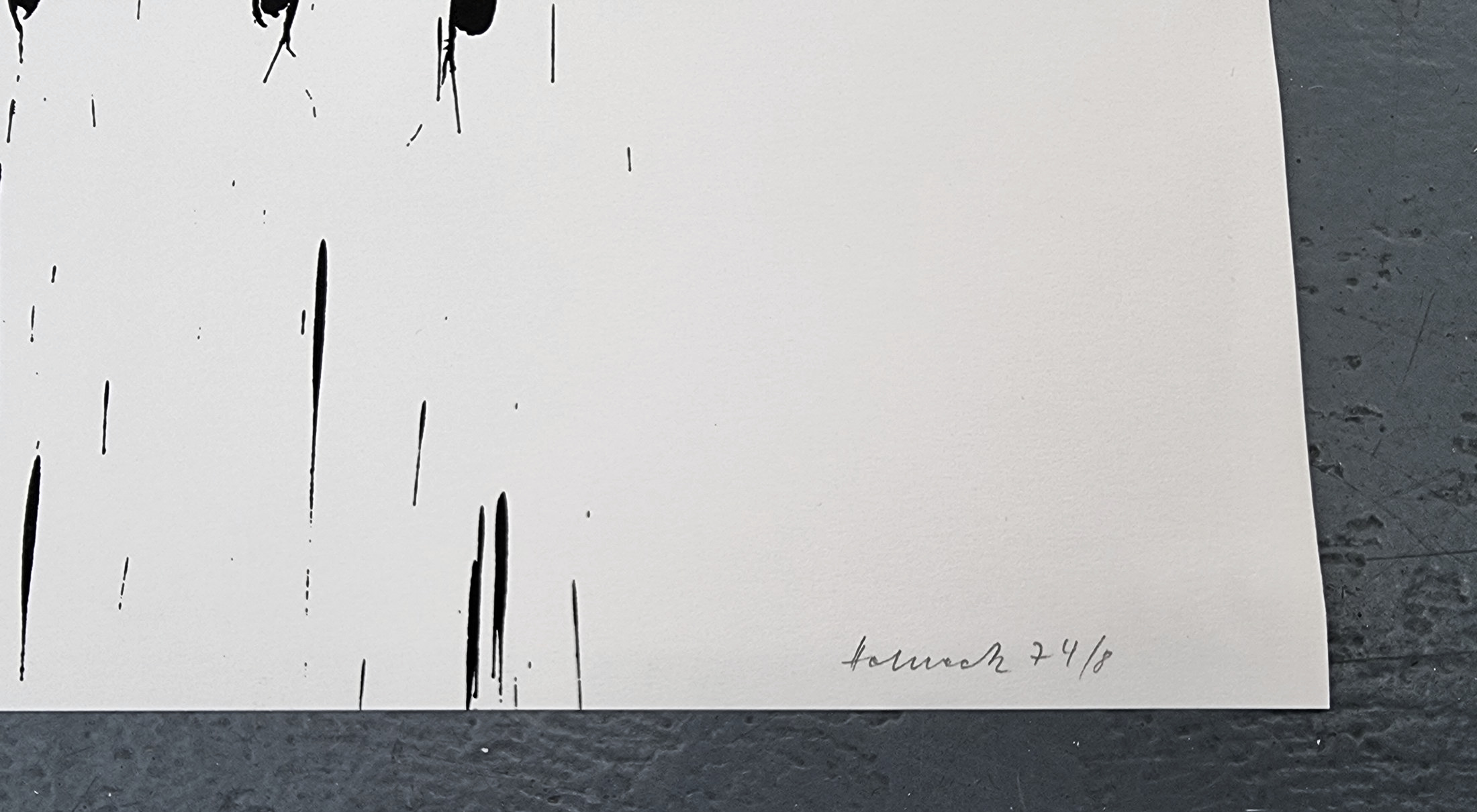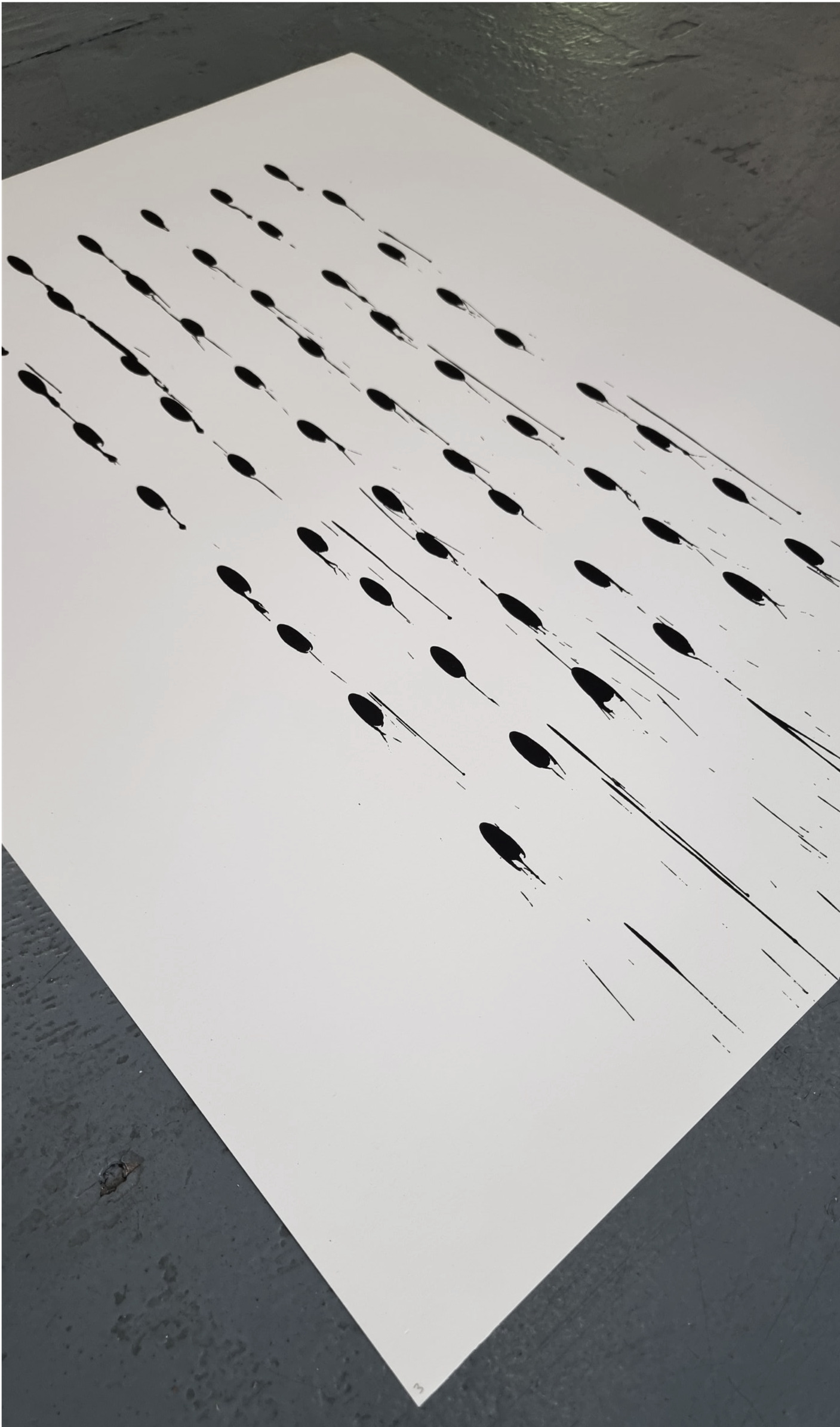No products in the cart.
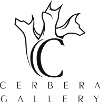
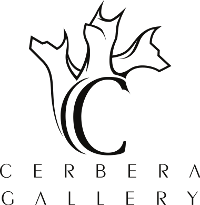
Sold Out
Sold Out
Oskar Holweck
Untitled
Lithograph
Year: 1974
Size: 25.4 × 19.5 inches
Edition: 75
Signed, dated and numbered by hand
Questions about this piece? Send us a message!
Oskar Holweck (born November 19, 1924 in St. Ingbert , Saarland , † January 30, 2007 there ) was a German visual artist and art teacher.
From 1943 to 1945 Holweck did his military service, after the end of the war he was taken prisoner. From 1946 to 1949 he studied at the State School for Arts and Crafts in Saarbrücken with Boris Kleint . From 1949 to 1951 he studied at the Ecole des arts appliqués à l’industrie and at the Académie de la Grande Chaumière , both in Paris, on. In 1951 he was appointed as an assistant at the State School for Arts and Crafts. From 1956 he was head of the “Basic Teaching” class at the same school. He also taught at the Staatliche Werkkunstschule in Saarbrücken and at the Saarland University of Applied Sciences in the field of design in his specialty “Design theory”. In 1989 he stopped teaching.
In 1958 Holweck joined the artist group ZERO , founded shortly before by Heinz Mack and Otto Piene , which saw itself as a countercurrent and alternative to the informal painting of the post-war period. Holweck was involved in numerous exhibitions by the ZERO group. He gained international attention with his highly regarded basic teaching exhibitions “Seeing”, which were successfully shown in Germany, Switzerland and Great Britain. Holweck turned down invitations to the documenta in Kassel in 1959 and 1972 as well as a number of appointments to other art colleges. To take over a chair at the State Academy of Fine Arts Stuttgartfor example, to which the then rector Wolfgang Kermer , formerly a graduate of the Holweck basic apprenticeship, wanted to induce him in 1973 with broad support from his university, he could not make up his mind for family reasons.
His ink drawings from the 1950s can be assigned to the Informel ; they are characterized by an almost constructive-concrete structure and often show serial orders. Since the 1960s, Holweck has been working almost exclusively with his masterfully formed technique of tearing paper. Created in two dimensions, but often looking three-dimensional, he creates two-dimensional works as well as sculptural works. He uses different techniques: he tears, compresses, folds, crumples and fans out paper. Over time, his paper sculptures took on ever more filigree and complex structures. “Oskar Holweck’s great merit is to have developed paper as an artistic medium at the highest level, to have established it and” stubbornly “perfected” (Dietfried Gerhardus , art historian).
Holweck formulated his artistic credo in 1980 as follows: “My main concern is to obtain forms of its own kind from the material and to concretize – not to imitate – the effects of light on surfaces, in cavities and the material properties.”
Holweck had earned the reputation of an internationally recognized and valued artist. He is one of the most important artists that Saarland has produced. Oskar Holweck was a member of the German Association of Artists [1] . He died on January 30, 2007 at the age of 82 in his native St. Ingbert.
Other Artwork by Oskar Holweck
Description
Oskar Holweck (born November 19, 1924 in St. Ingbert , Saarland , † January 30, 2007 there ) was a German visual artist and art teacher.
From 1943 to 1945 Holweck did his military service, after the end of the war he was taken prisoner. From 1946 to 1949 he studied at the State School for Arts and Crafts in Saarbrücken with Boris Kleint . From 1949 to 1951 he studied at the Ecole des arts appliqués à l’industrie and at the Académie de la Grande Chaumière , both in Paris, on. In 1951 he was appointed as an assistant at the State School for Arts and Crafts. From 1956 he was head of the “Basic Teaching” class at the same school. He also taught at the Staatliche Werkkunstschule in Saarbrücken and at the Saarland University of Applied Sciences in the field of design in his specialty “Design theory”. In 1989 he stopped teaching.
In 1958 Holweck joined the artist group ZERO , founded shortly before by Heinz Mack and Otto Piene , which saw itself as a countercurrent and alternative to the informal painting of the post-war period. Holweck was involved in numerous exhibitions by the ZERO group. He gained international attention with his highly regarded basic teaching exhibitions “Seeing”, which were successfully shown in Germany, Switzerland and Great Britain. Holweck turned down invitations to the documenta in Kassel in 1959 and 1972 as well as a number of appointments to other art colleges. To take over a chair at the State Academy of Fine Arts Stuttgartfor example, to which the then rector Wolfgang Kermer , formerly a graduate of the Holweck basic apprenticeship, wanted to induce him in 1973 with broad support from his university, he could not make up his mind for family reasons.
His ink drawings from the 1950s can be assigned to the Informel ; they are characterized by an almost constructive-concrete structure and often show serial orders. Since the 1960s, Holweck has been working almost exclusively with his masterfully formed technique of tearing paper. Created in two dimensions, but often looking three-dimensional, he creates two-dimensional works as well as sculptural works. He uses different techniques: he tears, compresses, folds, crumples and fans out paper. Over time, his paper sculptures took on ever more filigree and complex structures. “Oskar Holweck’s great merit is to have developed paper as an artistic medium at the highest level, to have established it and” stubbornly “perfected” (Dietfried Gerhardus , art historian).
Holweck formulated his artistic credo in 1980 as follows: “My main concern is to obtain forms of its own kind from the material and to concretize – not to imitate – the effects of light on surfaces, in cavities and the material properties.”
Holweck had earned the reputation of an internationally recognized and valued artist. He is one of the most important artists that Saarland has produced. Oskar Holweck was a member of the German Association of Artists [1] . He died on January 30, 2007 at the age of 82 in his native St. Ingbert.
